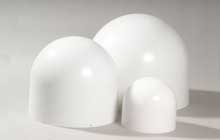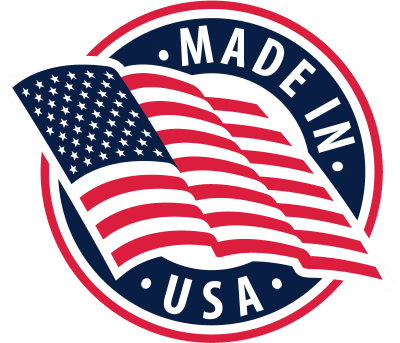 Protecting delicate antennae that receive radio waves from the ravages of Mother Nature and other mechanical harm is most often accomplished through the use of a radome. The word “radome” itself is a combination of “radar” and “dome” and describes the functionality of the device.
Protecting delicate antennae that receive radio waves from the ravages of Mother Nature and other mechanical harm is most often accomplished through the use of a radome. The word “radome” itself is a combination of “radar” and “dome” and describes the functionality of the device.
Radomes are constructed of suitable plastics that are essentially transparent to radio signals. In other words, the materials used to construct the radome have no significant effect on either the amplitude or frequency of the incoming signal. This fact is extremely important when using the radio waves to establish such things as distance, speed and location.
One of the most typical methods for manufacturing radomes is plastic thermoforming. Thermoforming is an ideal process because the tools used in thermoforming are less expensive than other methods. Thermoforming also is an ideal process for creating radomes that have highly the cosmetic finishes that owners of luxury yachts and recreational vehicles demand.
A radome can be constructed in a variety of shapes including planar, spherical and even geodesic. In all cases, however, the intent is to use the essential sturdiness and durability of the radome to protect the more sensitive radar antenna.
Radomes protect against the buildup of snow and ice which can detune an antenna and cause overloads. Secondly, a radome keeps the internal antenna within an acceptable temperature range and shields the antenna from wind deformation: both of which create significant computational issues. Lastly, the plastics used in a radome are impact-resistant and will keep flying debris from damaging the antenna.
From a safety standpoint, radomes will also protect the personnel assigned to the facility. Many antennas are designed to rotate and high velocity and create a danger zone within their operating radius. A radome is obviously built to encapsulate this zone and thus eliminate any danger from being hit by the moving antenna.
Radomes are used by military and by the aerospace, marine, and the recreational vehicle industries.
To learn more about our capabilities manufacturing plastic radomes, click here.





